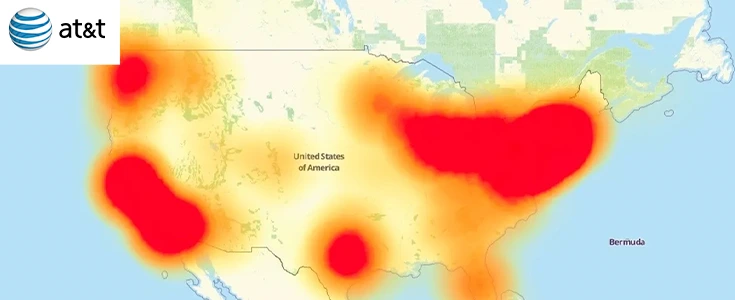
AT&T Internet provides service across 22 states, with extensive coverage in California, Texas, and Florida. As the largest residential DSL provider in the U.S., AT&T's DSL internet is available to an estimated 122 million individuals.
Beyond DSL, AT&T also offers fiber and fixed wireless internet services:
Fiber Internet: Available to approximately 20.4 million people, making it the second-largest fiber broadband provider in the U.S.
Fixed Wireless Internet: Serves around 1.6 million people, ranking as the 33rd largest provider in this category.
AT&T Wireless Coverage
4G LTE Coverage
AT&T's 4G LTE network covers most of the U.S. but trails behind T-Mobile and Verizon in certain areas. While AT&T's network spans every state, some states—such as Alaska, Arizona, Maine, Nebraska, Nevada, and Wyoming—have only 60% or less coverage.
4G LTE Benefits: Enables fast data speeds, calls, and texts.
Comparison: AT&T ranks third in 4G LTE coverage, trailing T-Mobile by 1% and Verizon by 12%.
3G Coverage
AT&T leads in 3G coverage among major U.S. carriers. Though slower than 4G LTE, 3G networks provide broader coverage, especially in rural areas.
Pros: Wider reach and reliability in remote locations.
Cons: Slower data speeds compared to 4G LTE.
AT&T 5G Rollout
AT&T planned to introduce 5G services for fixed applications (homes and businesses) by late 2019, with mobile 5G availability in 19 cities, including:
Major cities: Dallas, Houston, San Francisco, Los Angeles, Orlando, Las Vegas, and more.
Technology: Uses mmWave spectrum at 28 GHz and 39 GHz, with a broader 5G rollout expected using the 39 GHz spectrum.
AT&T has also rebranded its advanced 4G network as “5G Evolution”, a stepping stone toward true 5G connectivity.
How AT&T Coverage Maps Are Calculated
Coverage maps rely on:
Cell Tower Locations: Placement and density of towers.
Tower Power and Range: Strength of signal transmission.
Environmental Factors: Mountains, buildings, and foliage can obstruct signals.
Even areas marked as covered may experience connectivity issues due to obstructions, requiring solutions like signal boosters or femtocells.
Best Ways to Check AT&T Coverage in Your Area
Good: Check Cell Tower Maps
Locate nearby AT&T towers using websites like CellReception.com to estimate coverage in your location.
Better: Read Customer Reviews
Use crowd-sourced websites like CellReception.com or online forums to check real user experiences.
Best: Test Your Signal
Android Users: Use apps like OpenSignal to check real-time signal strength.
iPhone Users: iOS 11 and later no longer support third-party signal testing apps, but field test mode can provide insights.
Best Tools to Find AT&T Cell Towers
Cell Reception: Provides customer reviews on network quality.
Cell Mapper: Offers detailed maps showing AT&T tower locations, signal directions, and supported bands.
Antenna Search: Helps locate all nearby towers and antennas by address, identifying which carriers use them.
By leveraging these tools and insights, users can better understand AT&T’s coverage and improve their connectivity experience.
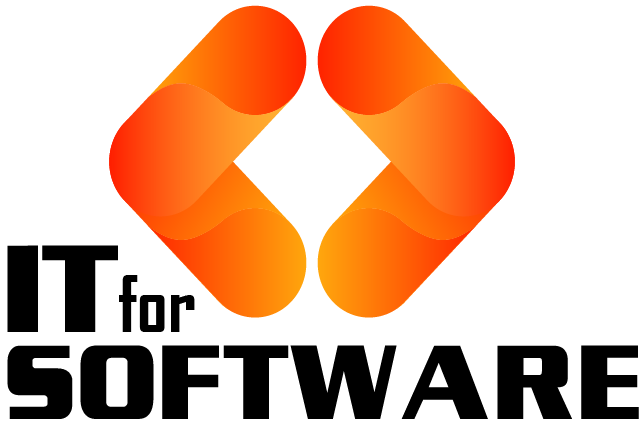

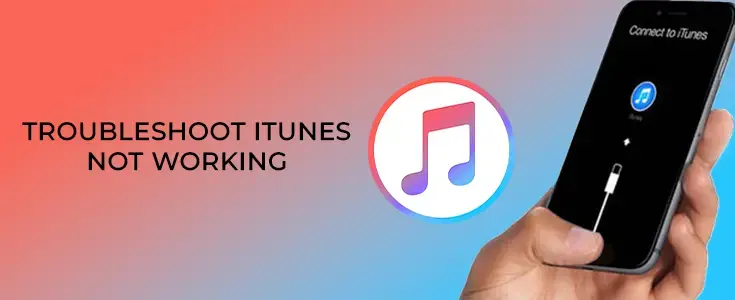
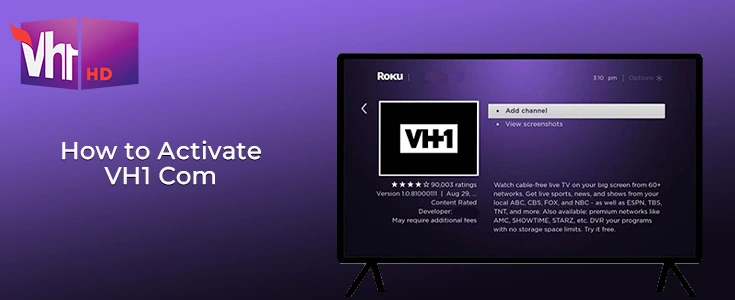

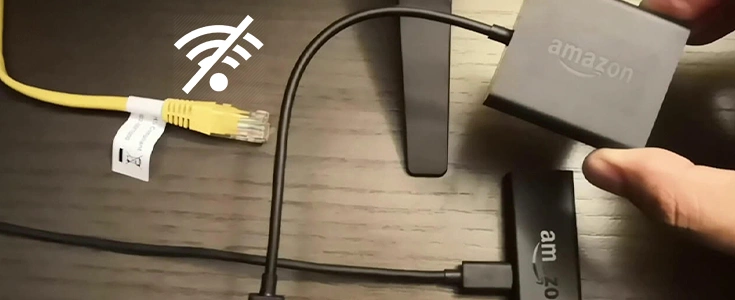


Hi Dear, I'm Meenu, and I've written the posts on this blog. I've tried my best to pack them with helpful info to tackle any questions you might have. I hope you find what you're looking for here. Thanks for sticking around till the end!